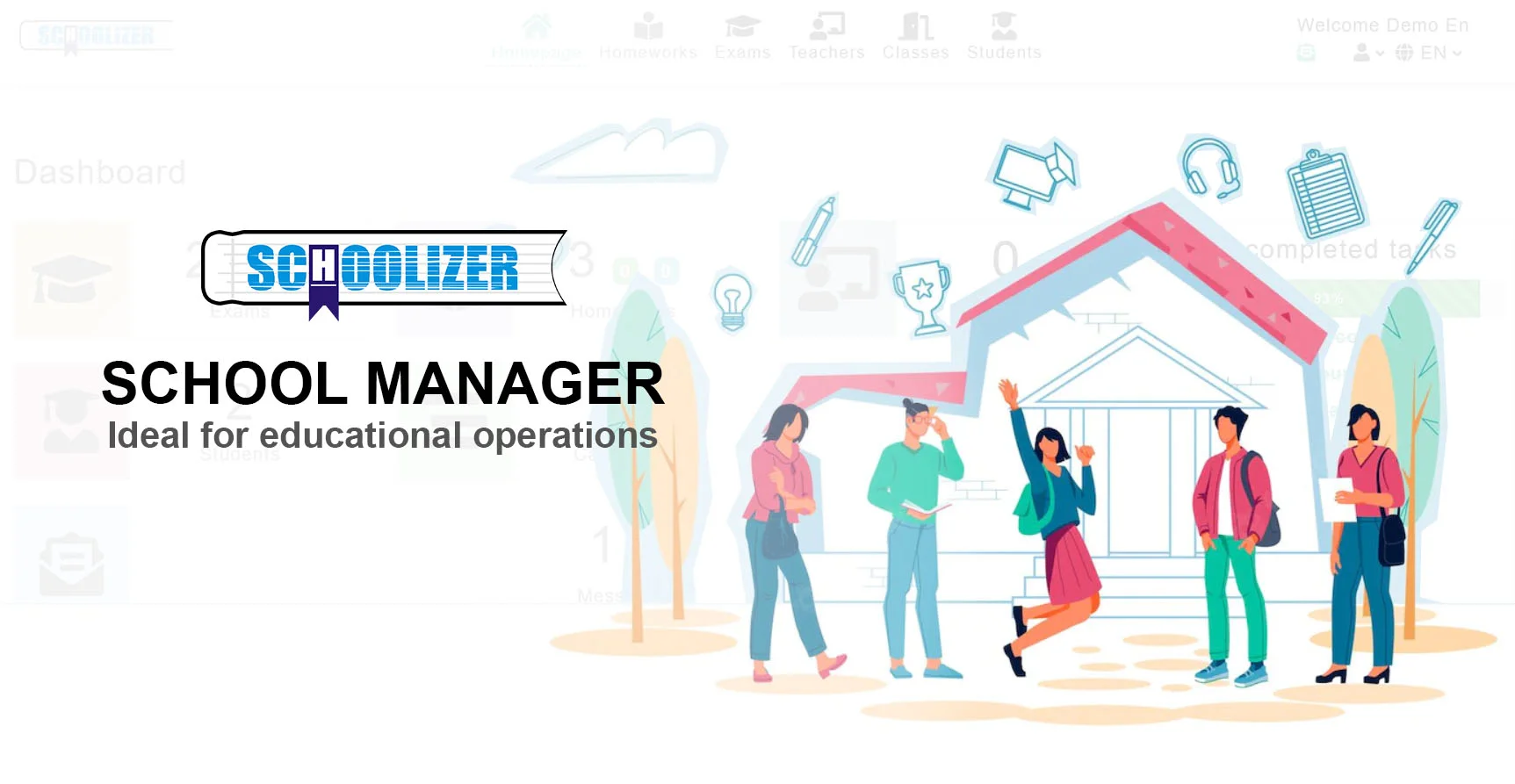Harnessing Big Data in Education: A Practical Guide for Educators

Harnessing Big Data in Education: A Practical Guide for Educators
What if educators could predict student performance before exams? How can schools use data to personalize learning experiences? Why is big data becoming indispensable in modern education? These questions highlight the transformative potential of data analytics in shaping the future of teaching and learning. In this article, we explore how educators can leverage big data to enhance student outcomes, streamline administrative processes, and foster data-driven decision-making.
Understanding Big Data in Education
Big data refers to vast volumes of structured and unstructured information that can be analyzed to reveal patterns, trends, and insights. In education, this includes student performance metrics, attendance records, engagement levels, and even social-emotional learning indicators. The key lies in harnessing this data to make informed decisions that benefit both educators and learners.
For example, a school district in Texas used big data analytics to identify at-risk students by analyzing attendance patterns, grades, and behavioral data. Early interventions based on these insights led to a 15% reduction in dropout rates within two years.

Practical Applications of Big Data for Educators
Personalized Learning Paths
Data analytics enables educators to tailor instruction to individual student needs. Adaptive learning platforms like DreamBox or Knewton use real-time data to adjust lesson difficulty, pacing, and content based on student performance.
Early Intervention Systems
By analyzing multiple data points, schools can flag students who may need additional support before academic struggles become severe. The Georgia Early Warning System successfully identifies middle school students at risk of not graduating high school.

Implementing Data-Driven Strategies
Successful implementation requires:
- Investing in user-friendly data visualization tools
- Training staff in data literacy
- Establishing clear protocols for data collection and analysis
- Ensuring student privacy and data security
The Fresno Unified School District created a "Data Dashboard" that aggregates information from multiple sources, giving teachers instant access to actionable insights about their students.
Overcoming Challenges in Educational Data Use
While promising, big data implementation faces several hurdles:
- Data silos: Information often remains trapped in separate systems
- Privacy concerns: Balancing insight with student data protection
- Analysis paralysis: Too much data without clear actionable steps
Solutions include adopting interoperable systems, following FERPA guidelines, and focusing on key performance indicators rather than every available data point.

The Future of Data-Informed Education
Emerging technologies are pushing educational data analytics forward:
- Predictive analytics: Forecasting student outcomes with increasing accuracy
- Learning analytics: Tracking engagement patterns in digital learning environments
- AI-powered insights: Machine learning algorithms that suggest optimal teaching strategies
The University of Maryland has developed an AI system that can predict student success in online courses with 93% accuracy, allowing for timely interventions.
Getting Started with Educational Data Analytics
For educators ready to begin their data journey:
- Start small with readily available data (attendance, grades)
- Identify one or two key questions you want data to answer
- Use free tools like Google Data Studio for visualization
- Collaborate with colleagues to share insights and strategies
Remember, the goal isn't more data—it's better decisions that lead to improved student outcomes.







